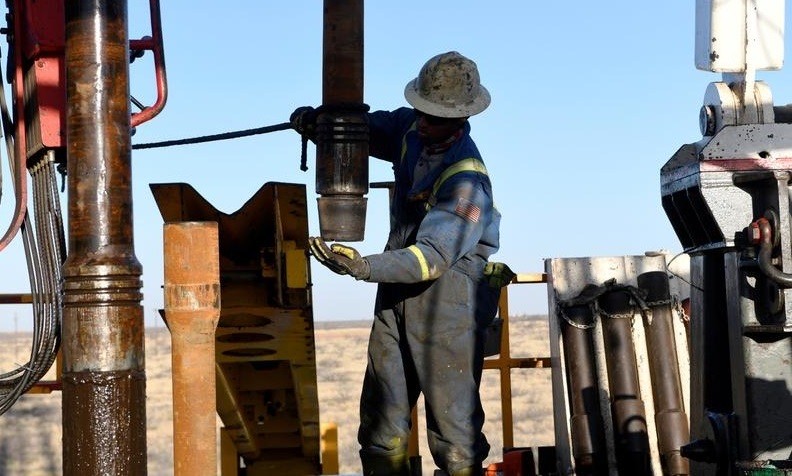The price of “black gold” in the world market has increased recently. In the Asian market, on May 10, Brent crude oil price rose 0.8% to US$68.85 per barrel, after recording an increase of 1.5% over the previous week. The US WTI light sweet crude oil price also increased by 0.8%. Oil prices in the first part of the week were "supported" by the news of a major network attack that forced a pipeline of importance in the US to stop working. However, analysts said that, even without the above incident, oil still rose because of positive signs ofrecovery from major economies.
In the past week, the oil market has continuously seenmore positive signals from major economies such as the US, China, and the Republic of Korea (ROK). In the US, President and Chief executive officer of the Federal Reserve Bank of New York J. Williams has just stated that the number one economy in the world in 2021 has the ability to grow at its fastest rate in nearly 40 years, with inflation returning to its target of 2% by 2022.
In the world’s second biggest economy, China, statistics show that exports unexpectedly increased rapidly in April 2021 and service sector activities also grew strongly. China’s exports in April increased by 32.3% over the same period in 2020, thanks to rising demand for electronics and medical masks. With the prospects of the two “economic locomotives” in the world, the US and China being more positive, demand for energy will increase rapidly.
Besides this, the prospect of oil price increases can also be attributed to positive signals from other major economies. The economies of the European Union (EU) and the UK are forecast to recover significantly this year thanks to the rapid distribution of COVID-19 vaccine to the entire population. The recent EU plan to open the door to foreign tourists, creating a driving force for tourism and aviation, has also helped increase confidence in the markets, causing oil prices to rise.
Meanwhile, another major Asian economy, the ROK, is also showing signs of recovery, although the “COVID-19 storm” is still quite serious in this country. According to a monthly economic performance assessment report by the Korea Development Institute (KDI), improved manufacturing and exports will help the ROK economy recover further. According to the KDI, exports and investment in infrastructure in the ROK grew faster as external demand continued to increase, while retail sales, exports and equipment investment all saw better performances.
Analysts say that oil prices are expected to increase and may return to pre-pandemic levels by the end of this year, as factories’ resume operations and increased tourism demand makes fuel consumption increase rapidly. In addition, another driving factor for oil prices is the reduction in US crude inventories. According to the American Petroleum Institute, crude oil reserves in the US fell 7.7 million barrels in the last week of April. Gasoline stocks fell 5.3 million barrels and distillate stocks fell 3.5 million barrels in the same period. Economists forecast that the price of “black gold” may reach about US$80 per barrel by summer of this year.
However, the prospect of a sharp increase in oil prices is still uncertain as investors are still worried about new COVID-19 waves in many places, especially in India, the world’s third largest fuel importer. Oil prices have always been considered as a “test-bench” for the global economy, so a lack of clear market prospects is also an indication that the world economy is in a “twilight” state.
















